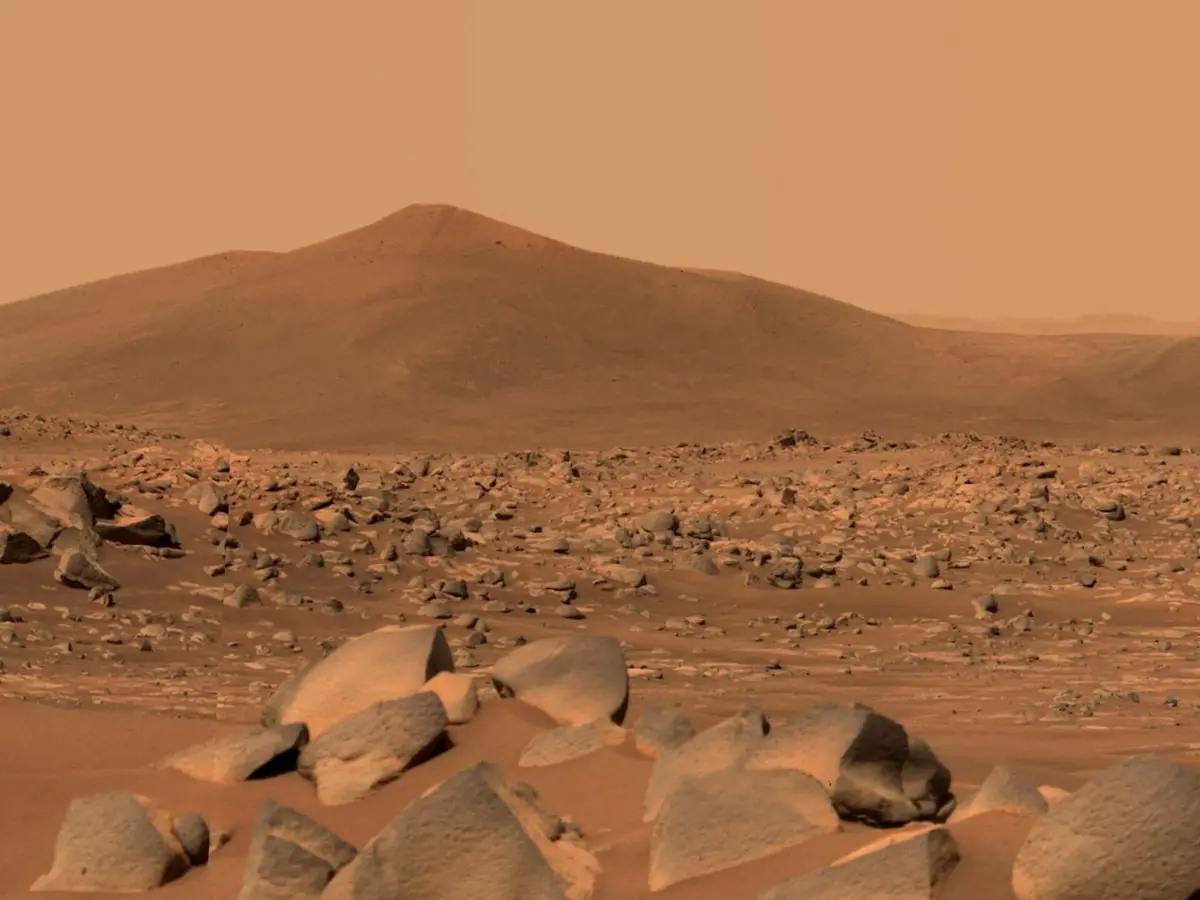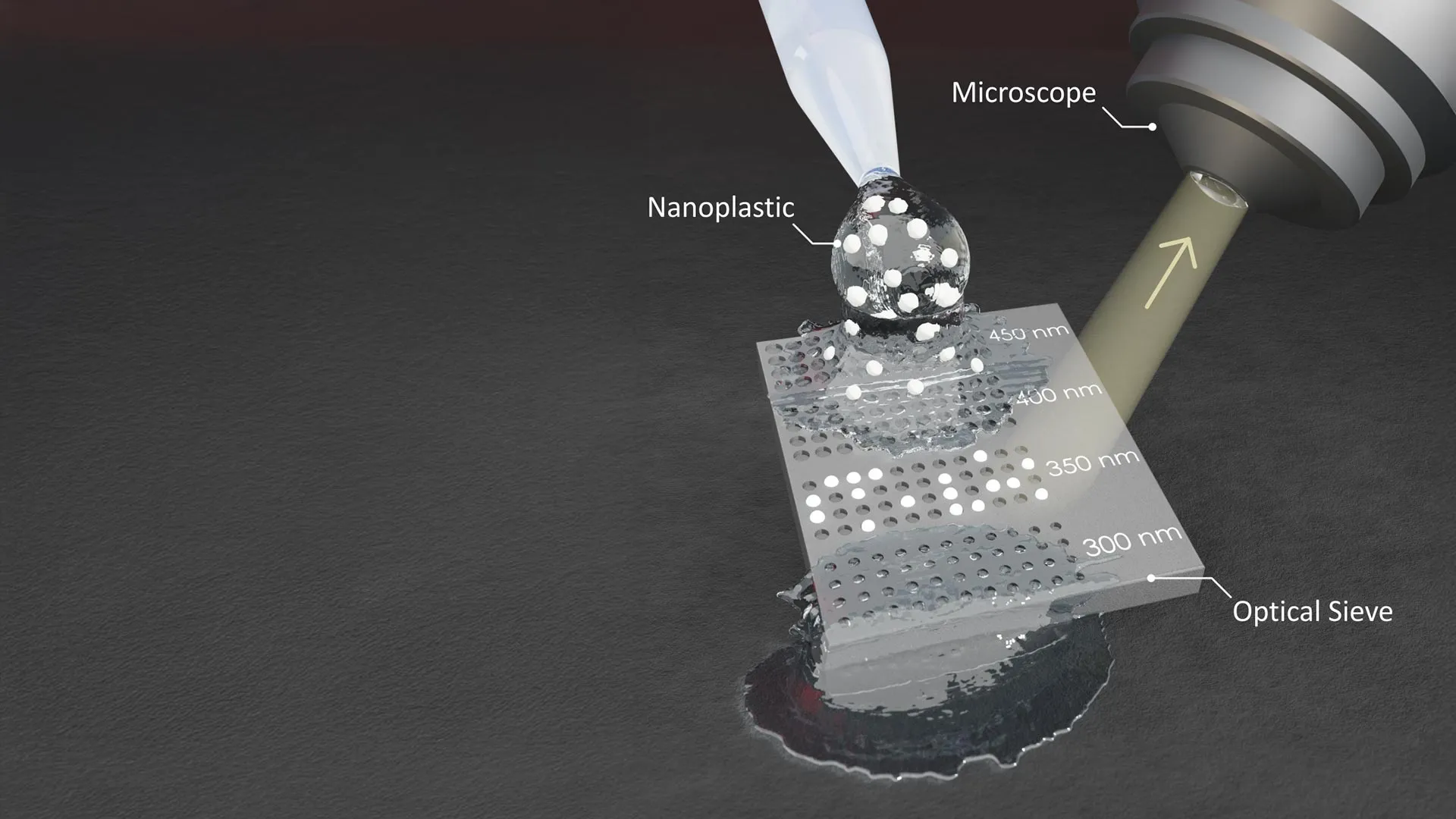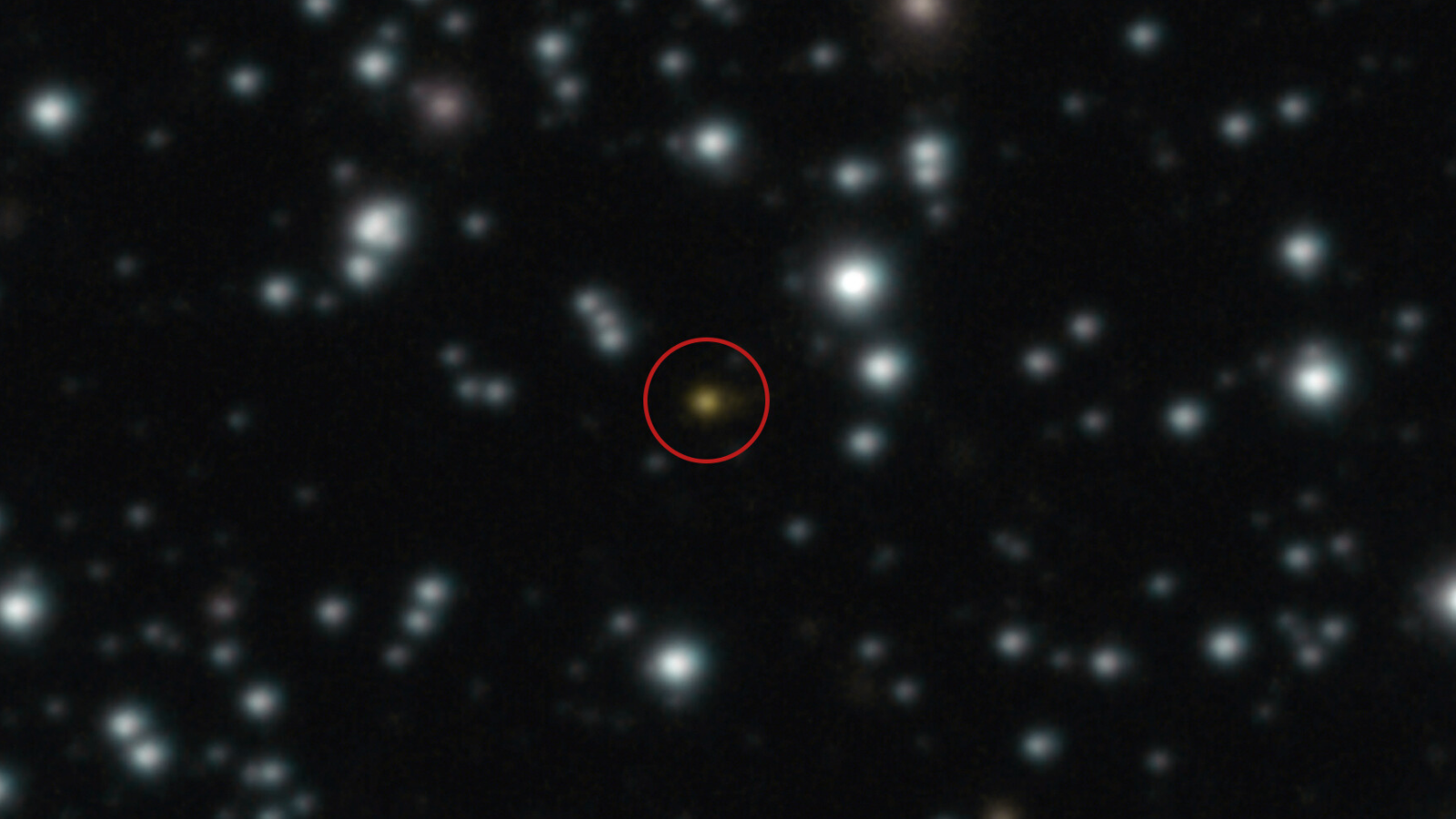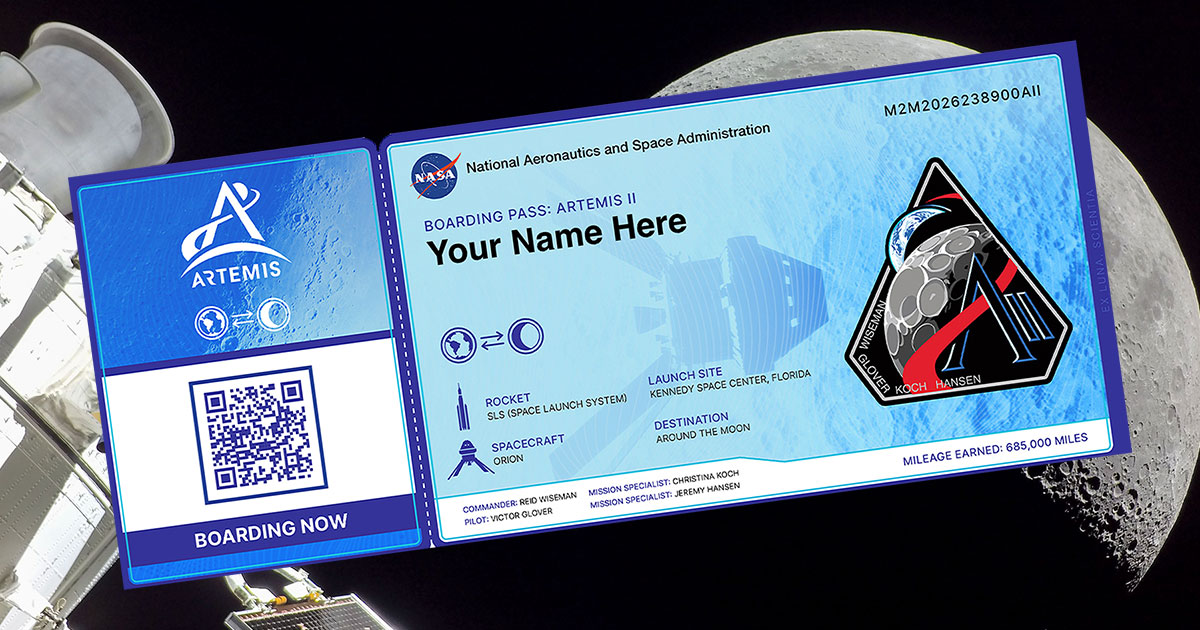Is This Mysterious Object an Alien Probe? The Truth About 3I/ATLAS!

What if I told you that a mysterious object from the depths of space is speeding toward our Sun at a jaw-dropping 130,000 mph? Meet 3I/ATLAS, the latest interstellar visitor that has astronomers divided and conspiracy theorists buzzing with excitement. Discovered on July 1, this enigmatic traveler is about 15 miles wide, making it larger than Manhattan itself.
3I/ATLAS has quite the reputation to uphold, following in the footsteps of its predecessor, Oumuamua, spotted in 2017, and Borisov, discovered in 2019. While scientists originally thought it might be a comet composed of water ice and organic compounds, others are raising eyebrows and questioning its natural origins.
One of the boldest voices in the discussion is Harvard astrophysicist Avi Loeb, who has a history of proposing theories about extraterrestrial intelligence. Joined by fellow researchers Adam Hibberd and Adam Crowl, Loeb suggests that this unique object might actually be an alien probe. Their reasoning? Its bizarre trajectory and breakneck speed could imply that it was crafted for some sophisticated reconnaissance mission.
Even more intriguing is the possibility that 3I/ATLAS may even be older than our very own solar system. Some speculate that it carries water predating our planet, which could have implications for the study of ancient planetary systems. As it zips by close to Mars, Jupiter, and Venus, Loeb proposes that this could be an opportune moment for extraterrestrial observers to gather intel, perhaps deploying surveillance devices unnoticed.
However, the plot thickens as 3I/ATLAS prepares for its closest approach to the Sun in late November. According to Loeb, it will become invisible from Earth, which he cynically suggests could be a deliberate tactic to avoid detection during its brightest phase. “If it’s a technological artifact,” he warns, “it could support the Dark Forest theory,” a concept suggesting that intelligent life avoids revealing itself to potential threats.
This ongoing saga has ignited a flurry of speculation on social media, with enthusiasts sharing posts that claim Hubble's recent observations of 3I/ATLAS are more bizarre than anyone anticipated. One tweet intriguingly states: “It looks like a comet, it flies like a probe—and it might not be natural at all!” Meanwhile, conspiracy theorists are linking it to potential government cover-ups, questioning whether we’re witnessing something akin to Project Bluebeam.
So, is 3I/ATLAS the next big scientific discovery, or an elaborate cover-up of extraterrestrial origins? As we orbit into the future, this thrilling cosmic mystery continues to provoke debate, sparking both scientific curiosity and interstellar suspicion.




























